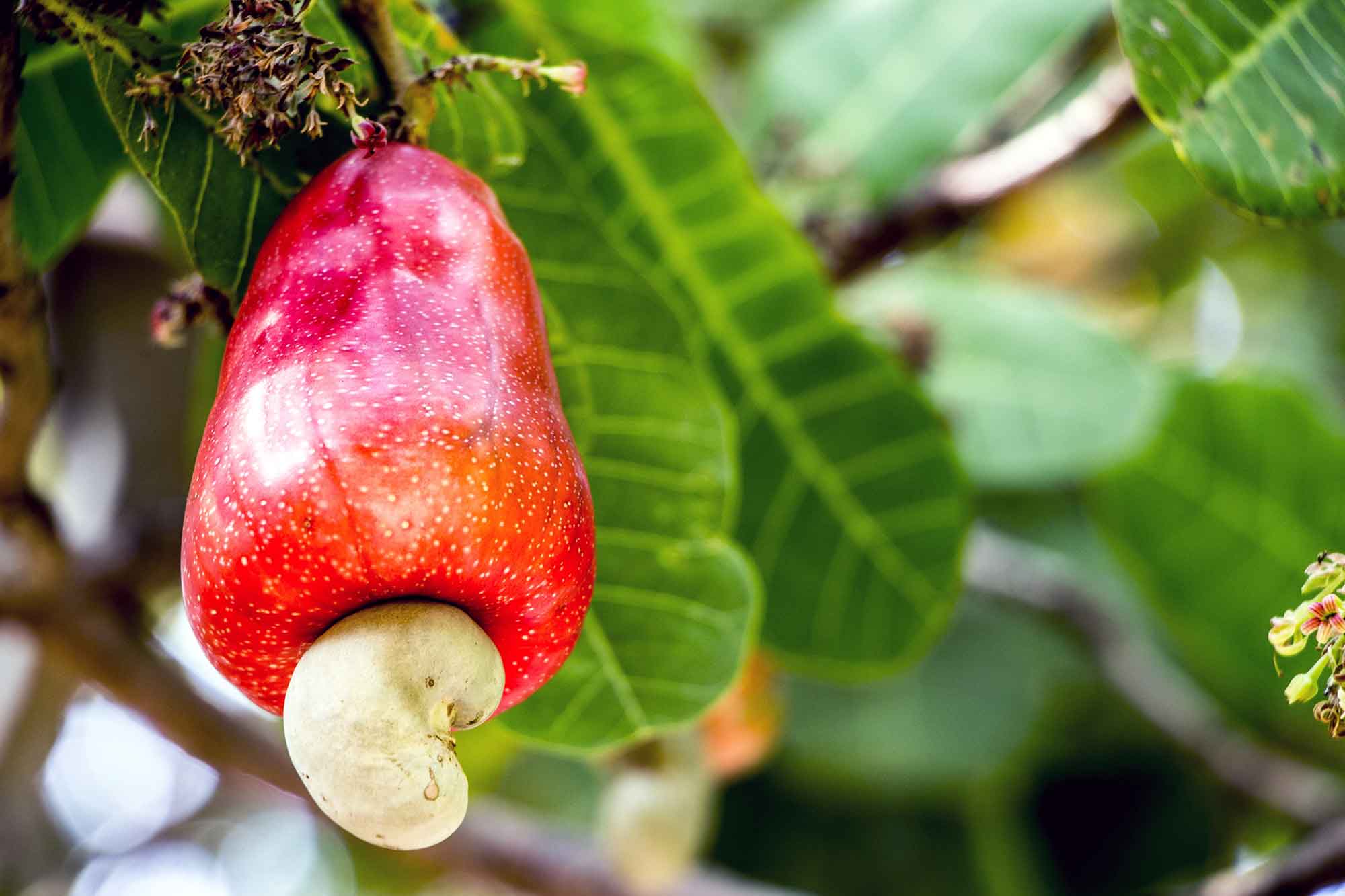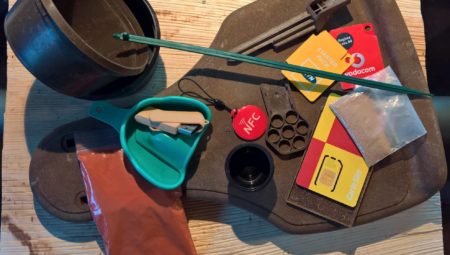The American company Cardolite, with a European office in Ghent, Belgium, has been using this oil for years to manufacture coatings and brake pads for cars. However, CNSL consists of a mixture of different substances. Cardolite developed a purification technology to purify this oil to form the bio-aromatic compound Cardanol. This paved the way for various more high-quality uses, for example in epoxy and polyurethane coatings and glues.
However, until recently, the biobased origin of Cardanol resulted in one significant drawback: a dark brown colour. “This restricted the options for use”, says sales director Tom Claessen. “This made the material less suitable for products such as paints and cosmetics. Mattress manufacturers were also unwilling to use it; the colour made no difference to the functional properties of PU foam, but consumers have a different quality perception of a dark brown mattress.”
After ten years of research, Cardolite developed LITE Cardanol: the same aromatic compound, but purer and with a lighter base colour. Further research into the technology of product processes resulted in the development of new types of epoxy thinners, wax modifiers, polyols, diols and hardening agents with very good wet and dry colour stability. The newest variant: Ultra LITE Cardanol, was released on the market last year. This product is light yellow in colour.
Promoting biobased
Cardolite recently became a member of the Flanders Biobased Valley (FBBV). Claessen: “When we started in 1984, the chemical industry was barely interested in biobased; it was associated with reduced availability and impurities. However, biobased has become a hot topic in recent years, particularly in markets close to the end user. These also happen to be the markets that we focus on, such as paints, glues and composites. We really want to promote our biobased label, for example via FBBV.”
Cardolite is also looking for new markets. “We perform a lot of research into what else is possible using our biobased materials. This is why we want to expand our network. We are specifically looking for people who can help us in the further development of the market for composites and glues.”
Extra opportunities
“On the other hand, we can also help the biobased economy move forward with our raw materials. Cardanol is one of the few aromatic biobased raw materials. The majority of biobased materials are aliphatic and therefore have a limited range of applications. Aromatics provide extra opportunities in the development of alternatives to the petrochemical industry. We have knowledge of epoxy and PU chemistry, but there are undoubtedly many more possibilities. That is why it is interesting to form part of networks such as the FBBV and other European clusters.
Photo: The Punch One, the Belgian car that took part in the World Solar Challenge in 2015, was constructed using biobased composites supplied by Cardolite and Solvay.
This article was created in cooperation with Flanders Biobased Valley




